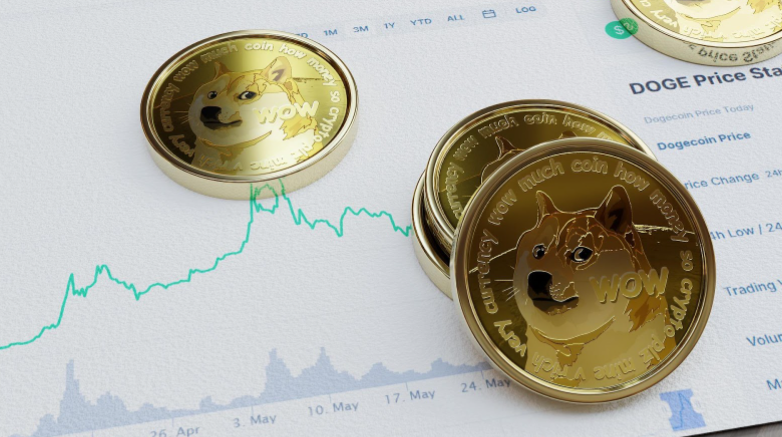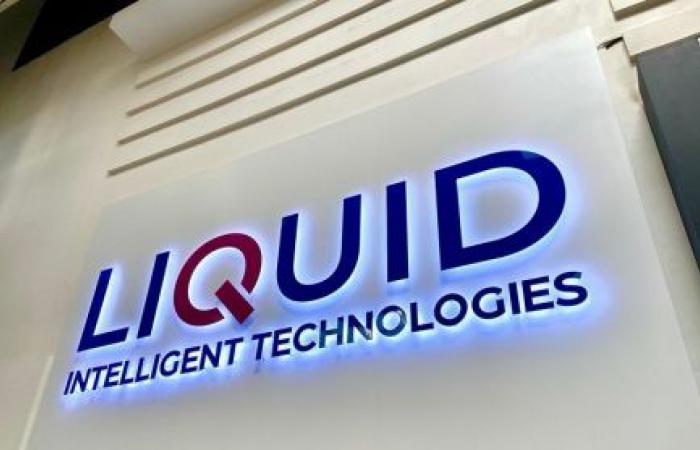
IN the fast-paced world of communication, silence is often misunderstood.
In an age dominated by social media chatter, instant reactions and the 24-hour news cycle, the phrase “no comment” is frequently perceived as an admission of guilt or a sign of weakness.
Yet, in the disciplined practice of public relations (PR), strategic silence can sometimes be the most powerful form of communication.
Knowing when to speak and when to remain silent distinguishes a seasoned communicator from an impulsive one.
The temptation to respond to every media inquiry, online comment or public outcry is immense.
PR practitioners operate in an environment where reputations can be built or destroyed in seconds, often by a single tweet or headline.
However, not every issue demands an immediate response.
Sometimes, restraint is the hallmark of professionalism and wisdom.
- Outrage over release of cable-thieving cops
- PR & communications: Seven reasons why internal communications is important
- SA delegation calls for Musina/Beitbridge synergies
- Cops arrested for conning ICT perm sec
Keep Reading
The phrase “no comment” does not necessarily mean “we have something to hide”.
It can, in fact, signify that an organisation is acting responsibly — choosing to speak only when it has verified facts, considered implications and developed a coherent position.
Silence, when guided by strategy rather than fear, is a form of reputation management.
In times of crisis, speculation is the enemy of truth.
Premature or emotional statements often worsen a situation, especially when facts are still emerging.
By holding back comments until clarity is achieved, PR practitioners protect the credibility of their organisations.
Credibility, once lost, is difficult to regain.
Moreover, there are instances where the issue at hand does not warrant engagement at all.
Not every social media provocation deserves a Press statement.
Engaging every critic, rumour or online comment only amplifies negativity and lends undue legitimacy to unverified claims.
Sometimes, allowing misinformation to fade into digital oblivion is far more effective than dignifying it with a response.
One of the key result areas for PR professionals is media management — cultivating relationships with journalists, editors and influencers.
This does not mean being available for every question but knowing when and how to engage the media.
Traditional media — newspapers, radio and television — still hold a significant level of credibility, especially in Zimbabwe and across much of the Global South.
As PR practitioners, we value that credibility. But even with trusted media partners, timing and accuracy remain paramount.
If a story breaks and the organisation is not ready to comment, it is better to say, “We will issue a statement once all facts are confirmed,” than to rush with speculation.
An ill-prepared comment can easily become tomorrow’s damaging headline.
The principle of “measure twice, cut once” applies here — verify twice, speak once.
Silence used wisely gives a communicator control over timing, framing and messaging.
Social media has revolutionised communication — but not always for the better.
Platforms such as X (formerly Twitter), Facebook and TikTok reward speed and emotion, not accuracy or reflection.
As a result, many PR teams feel pressured to respond instantly to trending topics involving their organisations.
Yet, the same speed that builds viral attention can also destroy context.
A simple statement taken out of context can spiral into a crisis.
In such an environment, restraint becomes not a weakness but a shield.
The rule of thumb in social media management should be: not every mention deserves a reaction.
A mature PR practitioner evaluates whether responding will inform, correct or escalate.
If a response adds no value or risks inflaming the issue, silence — accompanied by internal monitoring — may be the most virtuous option.
Strategic silence is not neglect
Of course, “no comment” must never become an excuse for evasion.
Ethical communication demands transparency when public interest is at stake.
When lives, public funds or community safety are involved, silence is not virtue — it is negligence.
Strategic silence must, therefore, be temporary and purposeful.
It should buy time to gather information, consult stakeholders or align messages — not to conceal wrongdoing.
The key difference between a cover-up and communication strategy lies in intent.
For instance, when an organisation faces allegations or crisis situations, PR practitioners must manage internal communication, prepare factual updates and engage at the right time — preferably when the full picture is available.
In such moments, the initial silence is not denial but diligence.
The final word
In PR, words are powerful tools — so is silence.
Knowing when not to speak is as critical as knowing what to say.
The modern PR landscape demands discernment, where communicators must balance transparency with prudence, speed with accuracy and public curiosity with institutional integrity.
When used strategically, “no comment” can be a virtue — a sign of control, confidence and responsibility.
As PR practitioners, we must remember that communication is not only about making noise, but about making sense.
And sometimes, silence speaks louder than words.










